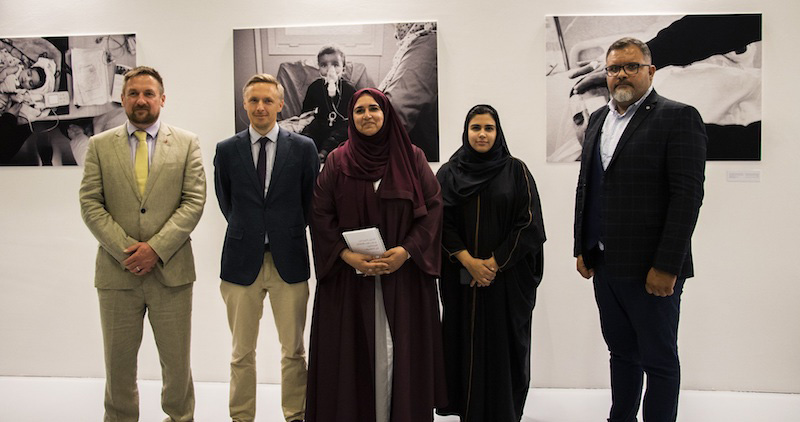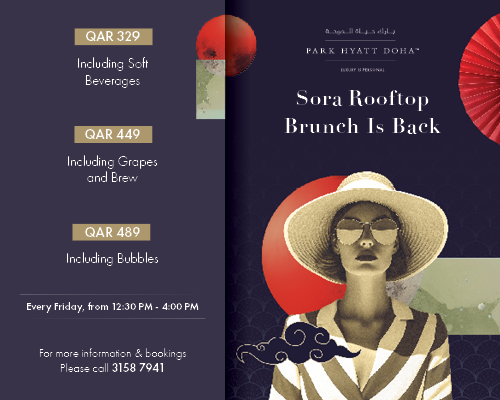The World Innovation Summit for Health (WISH), an initiative of Qatar Foundation, has recently published an Arabic version of a manual for doctors providing emergency care for children suffering from blast injuries.
The Arabic version of the Paediatric Blast Injury Field Manual was launched during the opening of the Artistic Dimensions to a Healthier World, a WISH-curated exhibition at the Fire Station, which is set to run until 25 October.

Originally published in English by the UK-based Save the Children charity, in collaboration with Imperial College London in May 2019, the Arabic version was commissioned and printed by WISH, and was translated with support of the Translation and Interpreting Institute (TII) of Hamad Bin Khalifa University’s College of Humanities and Social Sciences.
It is the first-ever field manual in Arabic specifically designed to support healthcare workers dealing with significant injury suffered by children in conflict zones, as well children wounded in post-conflict areas where landmines are prevalent.
Syrian doctor Malik Nedam Aldeen, paediatrician and Medical Manager of Syria Relief, and British doctor Paul Reavley, Co-Chair of the Pediatric Blast Injury Partnership, who both worked on the guide, were present for the Arabic Manual launch.
Over the coming weeks, Save the Children will distribute copies of the guide in countries such as Yemen, Syria, Iraq, and Libya.
The collaboration between WISH and Save the Children is part of a long-term partnership. Last November, a prototype of the English version of the manual was showcased during WISH 2018 at the Qatar National Convention Centre.
Artistic Dimensions Towards a Healthier World
Artistic Dimensions Towards a Healthier World features photographs of people dealing with health issues in conflict settings, as well as drawings produced by displaced Rohingya children currently living in refugee camps in Cox’s Bazaar, Bangladesh. The drawings were part of an art therapy given by Save the Children.
Nick Bradshaw, Director of Partnerships and Outreach at WISH, said that when they first saw the English version of the manual at the summit a year ago, they knew they wanted to play an active part in getting the important publication into the hands of Arabic-speaking doctors and nurses.
Civilians rather than soldiers have become the main casualties of war, with children facing a disproportionate amount of suffering. A manual like this should never have to exist; however, sadly, it is needed right now in several conflict hotspots.’
According to Dr Reavley they have been receiving urgent requests from medical teams across the Middle East looking for an Arabic version, since the English version was published. He said they are very grateful to WISH and to the translators at TII for helping them create something that can be used as an effective tool to save young lives across the Arabic-speaking world.
The English version of the manual may be downloaded here. For more information about WISH, visit wish.org.qa.





